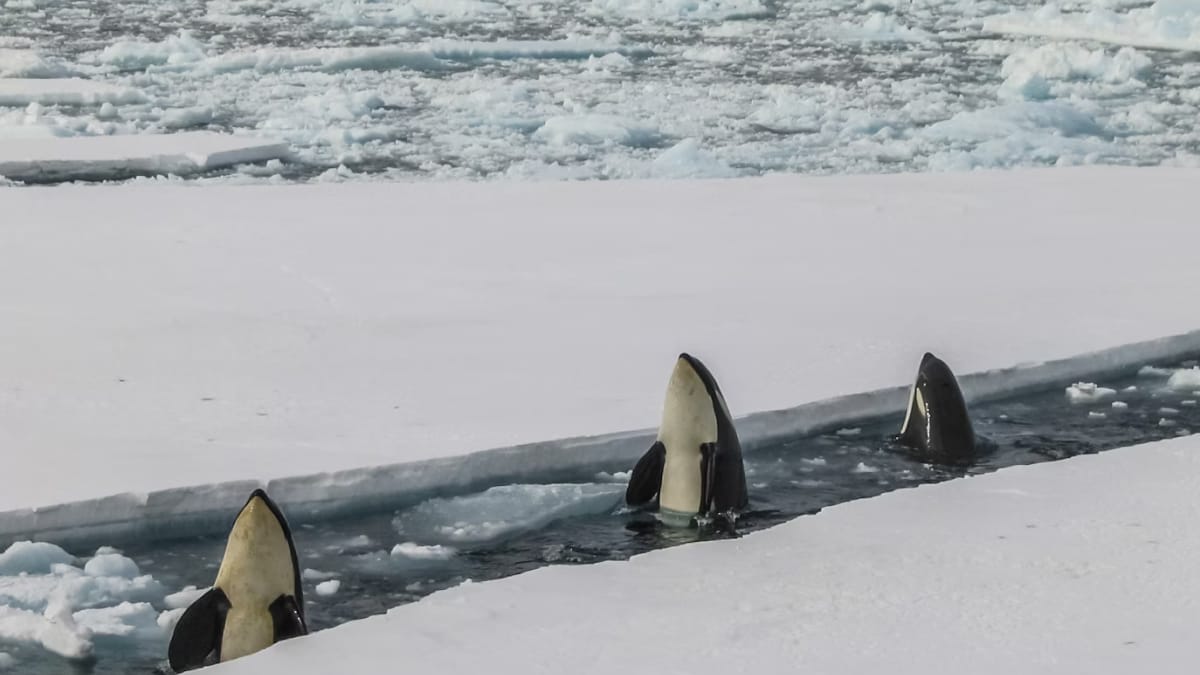Antarctica Wasn’t Always Frozen and Here’s Why It Changed

Antarctica, now a vast frozen continent, was not always covered in ice. About 34 million years ago, during the Eocene-Oligocene boundary, the continent was ice-free. According to Eric Wolff, a paleoclimatologist at the University of Cambridge, Antarctica looked like northern Canada with tundra and coniferous forests before it froze. The transition to ice was initiated by a drop in carbon dioxide (CO2) levels and the separation of South America from Antarctica, creating the Drake Passage and isolating the continent, causing it to cool.
The role of carbon dioxide
The drop in CO2 levels played a crucial role in the freezing of Antarctica. Tina van de Flierdt, a geochemist at Imperial College London, explains that CO2 levels were significantly higher, around 1,000 to 2,000 parts per million 50 million years ago, according to a Live Science report. As CO2 levels dropped, global temperatures dropped, allowing ice caps to form. This cooling was essential to the transition to the frozen state we see today.
Impact of tectonic movements
In addition to the drop in CO2, the separation of South America from Antarctica caused changes in the continent’s climate. The formation of the Drake Passage caused a circumpolar current to develop, preventing warm air from reaching Antarctica. This contributed to the cooling of the continent, as Eric Wolff explained.
Oxygen isotopes and ice formation
Scientists study oxygen isotopes in marine sediments to track ice formation in Antarctica. By analyzing the ratio of oxygen-16 to oxygen-18, they can estimate when ice sheets first appeared on the continent. This method provides insight into how the Earth’s climate changed millions of years ago.
Will Antarctica be ice-free again?
Tina van de Flierdt warns that it is unlikely that the ice in Antarctica will melt completely, but that we should strive to limit the current ice loss due to human activities.




